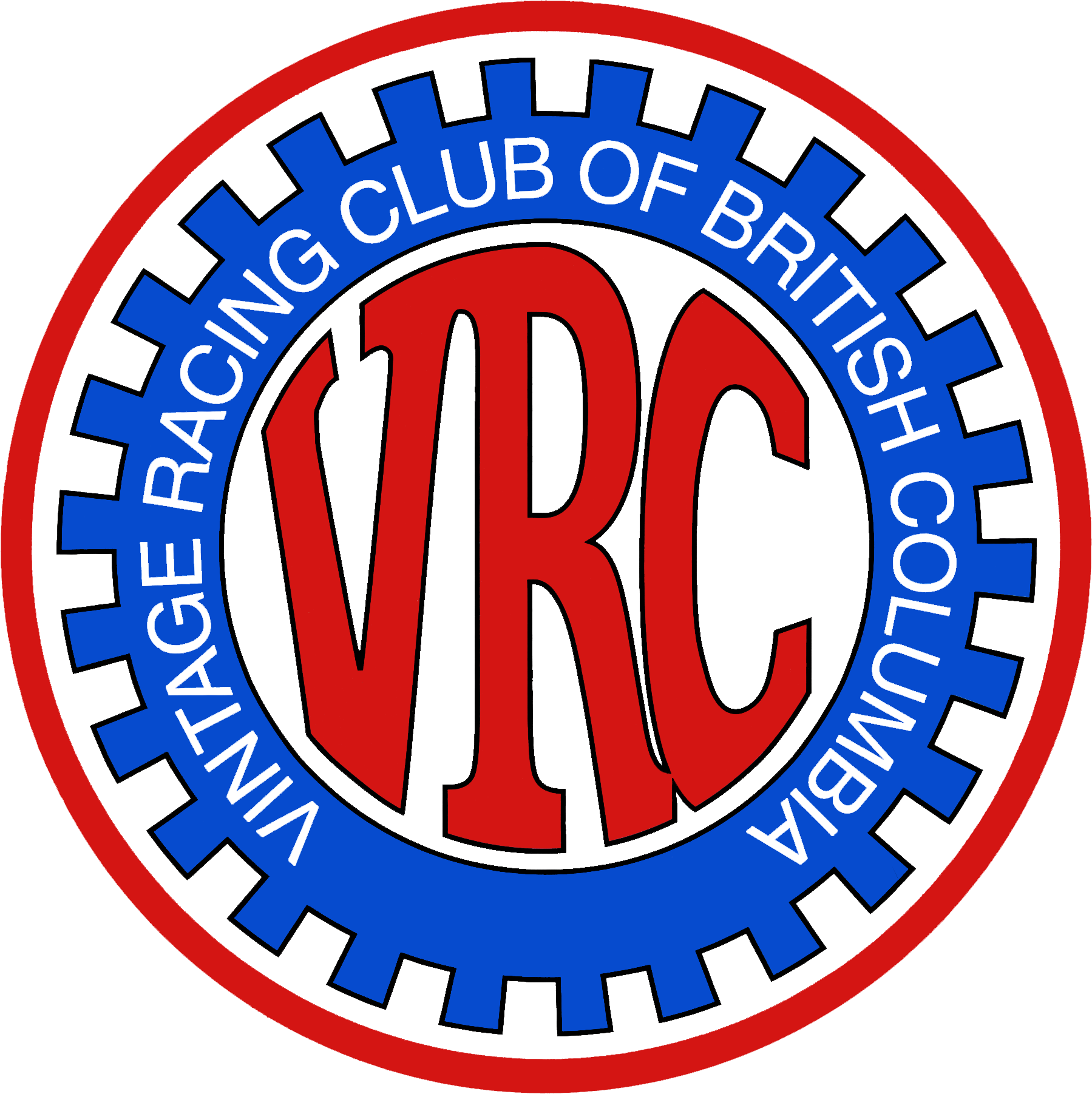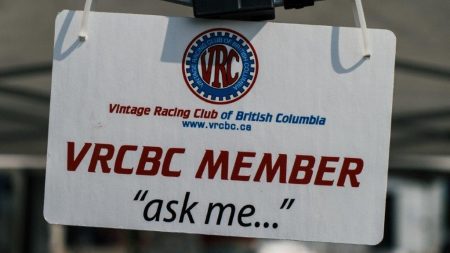Starting Vintage Racing
After watching all the fun the Vintage racers are having on the track or maybe after having a lunch time charity ride at the BC Historic Motor Races, do you think you would like to give it a try? Previous motorsport experience isn’t necessary. Many of the racers you see out there didn’t start until they were in their fifties or even sixties.
Getting Your Race Licence
The first thing to do is find out whether you actually enjoy driving fast around a race track, and the best way to do that is attend the Sports Car Club of BC’s excellent, inexpensive two-day race Driver Training Program right here at the Mission Raceway Road Course; they hold two each year. Upon successful completion of this course you will receive a Novice racing license and after successfully completing a minimum of three Novice races, you will receive a full Race Licence. None of this requires a Vintage racing car. In fact, it is much better to focus on getting your race licence first.
Which Vintage Racing Car?
The two basic types of Vintage racing cars are Open Wheel (OW) and Closed Wheel (CW). If you have never driven an OW car, you should try one before deciding on your Vintage racer. Many people are surprised to find that they prefer them and they do have some practical advantages over their bigger and heavier CW cousins.
In Vintage racing, ‘the cars are the stars’. You pick a car to race for personal reasons. Some have always dreamed of racing a Mini Cooper S or an Alfa Romeo or a Camaro; for others it’s a Van Diemen Formula Ford, a Caldwell Formula Vee or a Mallock. That is why there is such a variety of cars on Vintage grids. It doesn’t matter; it’s all about enjoying the car that you like on the race track.
Modern safety equipment is required for both the driver and the car, and some modifications are allowed to increase reliability or because parts are scarce, but in general, a Vintage racing car should be representative of the era in which it was originally raced.
Most experienced racers will recommend that you purchase an existing Vintage racing car (that might need some work) rather than build your own from scratch. You will get it on the track much sooner and for far less cost.
Your First Step
However, your starting point is to first talk to a member of the VRCBC. Just ask anyone in the Paddock at a race event or email one of the members of the Club executive (here). We will be very glad to help.
Or …. How About Becoming a Corner Marshal?
Would you like to get involved in road racing but aren’t interested in actually racing a car, at least not yet? Maybe becoming a Corner Marshal at Mission would be the perfect opportunity for you! You will have the best seat in the house to see the racing action while at the same time not having to invest all of the time and money that the racers do!
You will have noticed that most of the turns on the track have a flag station. The marshals use various flags to communicate vital information to the drivers. You will see the yellow and blue flags most often. These two flaggers work in pairs, with the blue flagger looking up the track watching for faster cars overtaking slower traffic, and the yellow flagger looking down the track watching for any incident that may pose a hazard to the approaching cars.
Fast and efficient communications among all track officials is essential. Each flag station has at least one two-way radio operator. Any incident within a station’s area of responsibility is immediately reported to Race Control and the other flag stations. Race Control assesses the situation, decides on the action required and informs everyone who needs to know. This all happens very quickly. The marshals at the flag stations then inform the drivers immediately.
Almost anyone can become a marshal. To work in a ‘hot area’, (i.e. in close proximity to the track), you must be at least 19 years of age (or 16 with written parental consent). The Motorsport Emergency & Turnworkers Association (META) runs a training program, usually right here at Mission Raceway. This covers the basics of turn working: flagging, communications, quick response and other roles. Training ‘on the job’ is then provided on an ongoing basis, by META’s very experienced marshals.
If you are interested in learning more when you are at the track, just ask anyone wearing the white META coveralls or any official or racer in the Paddock. Or email any member or the VRCBC Executive (here). We would be glad to help.


